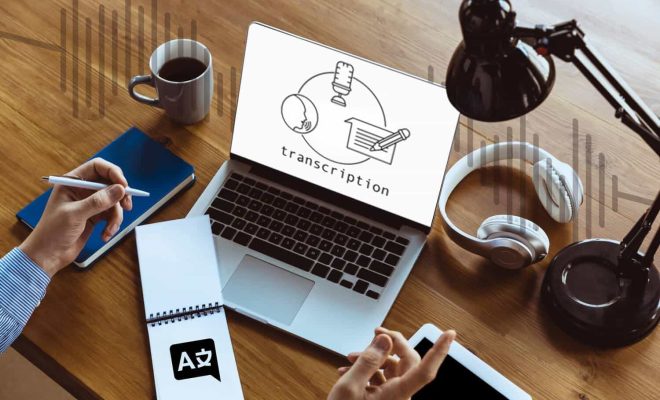Carbon Neutrality: Shaping a Greener Future for Everyday Activities

Despite environmental change and ecological corruption, the idea of carbon neutrality has built up some decent momentum as a pivotal technique for moderating ozone-depleting substance discharges and progressing to a more feasible future. Mowa carbon neutral alludes to the harmony between how much carbon dioxide is delivered into the air and the amount eliminated or offset through different drives and practices. By taking a stab at carbon neutrality in everyday activities, people and associations can assume a huge part in diminishing their carbon footprint and shaping a greener future for a long time into the future.
One of the vital ways of achieving carbon neutrality is through the reception of environmentally friendly power sources, for example, solar, wind, and hydroelectric power. By creating power from inexhaustible sources rather than petroleum products, people and organizations can altogether diminish their carbon discharges and draw closer to carbon neutrality. Introducing sunlight-based chargers on homes and structures, supporting sustainable power projects, and picking energy-proficient machines and vehicles are compelling procedures for changing to a low-carbon way of life.
One more significant part of carbon neutrality is the execution of energy-effective practices and advancements in everyday activities. This incorporates decreasing energy utilization through better protection, lighting, and warming frameworks, as well as taking on energy-saving propensities, for example, switching out lights and apparatuses when not being used. By limiting energy squander and augmenting proficiency, people and associations can reduce their carbon outflows and contribute to carbon neutrality.

As well as decreasing energy utilization, Mowa carbon neutral additionally includes counterbalancing carbon outflows through different carbon offset tasks and drives. These tasks mean to eliminate or catch carbon dioxide from the air through activities like reforestation, afforestation, and carbon catch and capacity. By putting resources into carbon offset ventures, people and organizations can kill their carbon outflows while backing the reclamation of environments and normal territories.
Besides, embracing manageable transportation practices like strolling, cycling, carpooling, and utilizing public transportation can assist with lessening carbon outflows related to driving and travel. Energizing transportation armadas, putting resources into electric vehicles, and supporting the foundation for elective methods of transportation are likewise significant stages toward achieving carbon neutrality in the transportation area.
Cchieving carbon neutrality requires a deliberate effort from people, organizations, legislatures, and networks all over the planet. By embracing environmentally friendly power, energy proficiency, carbon balancing, and manageable transportation practices, we can all have an influence on shaping a greener future and relieving the effects of environmental change. By making progress toward carbon neutrality in everyday activities, we can make a more practical and versatile world for us and future generations.










